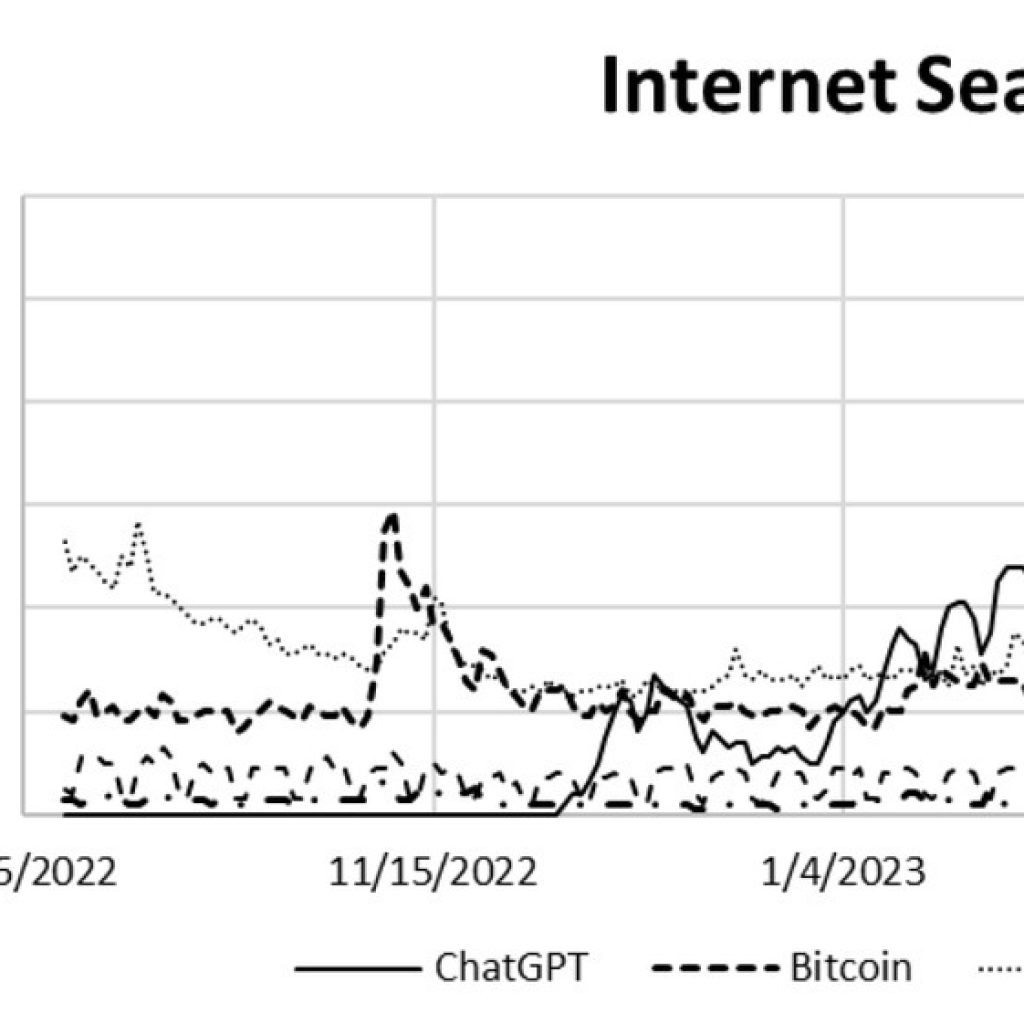The convergence of two groundbreaking technological shifts, greener energy production, and AI-driven solutions are reshaping the world’s energy landscape. Machine learning has long facilitated engineering advancements and energy delivery improvements, but cutting-edge AI takes this collaboration to new heights. AI’s ability to analyze data, identify patterns, and devise solutions at unprecedented speeds holds immense promise. However, the growing complexity of AI models raises concerns about their energy consumption, offsetting some of the climate-friendly gains achieved through AI applications.
AI revolutionizes energy management and battery innovation
As the energy industry transitions from centralized power plants to decentralized renewable sources like wind turbines and solar panels, ensuring grid stability becomes increasingly intricate. Artificial intelligence emerges as a key player in navigating this shift. Real-time monitoring and response capabilities enable AI to optimize electricity supply, demand, and grid conditions, ensuring efficient power flow. Also, AI aids in averting potential problems, such as wildfires caused by equipment failures, by analyzing heat, wind, and drought conditions and facilitating equipment shutdowns and power redirection.
AI’s impact extends to the consumer side, reshaping energy consumption habits. Future home energy-management systems will harness real-time grid information to minimize pollution. They will schedule appliance usage and electric vehicle charging during periods of abundant solar and wind energy while reducing reliance on fossil-fuel-based electricity generation. AI-driven solutions enable direct consumption of solar-generated electricity, efficient battery storage, and even surplus electricity sales back to the grid.
The battery industry’s challenges significantly impact daily life, ranging from safety concerns to the use of scarce metals like cobalt and lithium. AI empowers researchers and manufacturers to overcome these hurdles and drive sustainable advancements. By rapidly analyzing countless material combinations daily, AI uncovers hidden patterns that human researchers may miss. This expedites battery design cycles and enhances performance while reducing reliance on scarce resources. AI-driven research is revolutionizing advanced battery technologies and next-generation solar panels.
AI-driven solutions for climate action and policy making
Addressing the climate crisis demands accelerated innovation across all sectors. AI, while not a panacea, plays a pivotal role in deepening our understanding of complex climate issues. With vast amounts of climate data spread across specialized journals and incompatible formats, AI synthesizes and correlates information faster than human researchers. AI optimizes existing climate technologies, such as improving crop yield processes and making informed advances.
The success of climate-friendly solutions relies on seamless adoption by individuals and businesses. AI plays a vital role in simplifying the process and minimizing inconveniences. For instance, AI-optimized household appliance loads communicate with the grid transparently, reducing pollution without user intervention. Mainstream adoption of AI-powered solutions can accelerate the transition to sustainable practices. However, managing AI-driven changes must address potential societal disruptions and tensions, ensuring a harmonious transition.
AI’s capabilities in analyzing vast datasets and identifying patterns can revolutionize energy and climate policymaking. From reducing traffic-related pollution in cities to providing accessible knowledge for experts and laypeople alike, AI’s impact is far-reaching. Nevertheless, responsible AI deployment requires human judgment to check for errors and biases. Transparent AI providers, coupled with efficient legislation and standards, are essential for informed decision-making.
AI impact over a broader scale
The intertwining of AI and green energy presents a transformative opportunity for a sustainable future. AI’s role in optimizing energy management, accelerating climate research, and driving battery innovation holds immense potential. While challenges exist, such as AI’s energy consumption and environmental impact, prudent and accountable AI-driven solutions can lead us toward a greener, more energy-efficient world.





